Pea puffers, also charmingly known as pygmy puffers, might just be the most captivating little fish you could invite into your aquarium. Forget everything you’ve heard about low-maintenance tank life; pea puffers introduce a delightful complexity to freshwater fishkeeping with their spirited behavior and vibrant personalities.
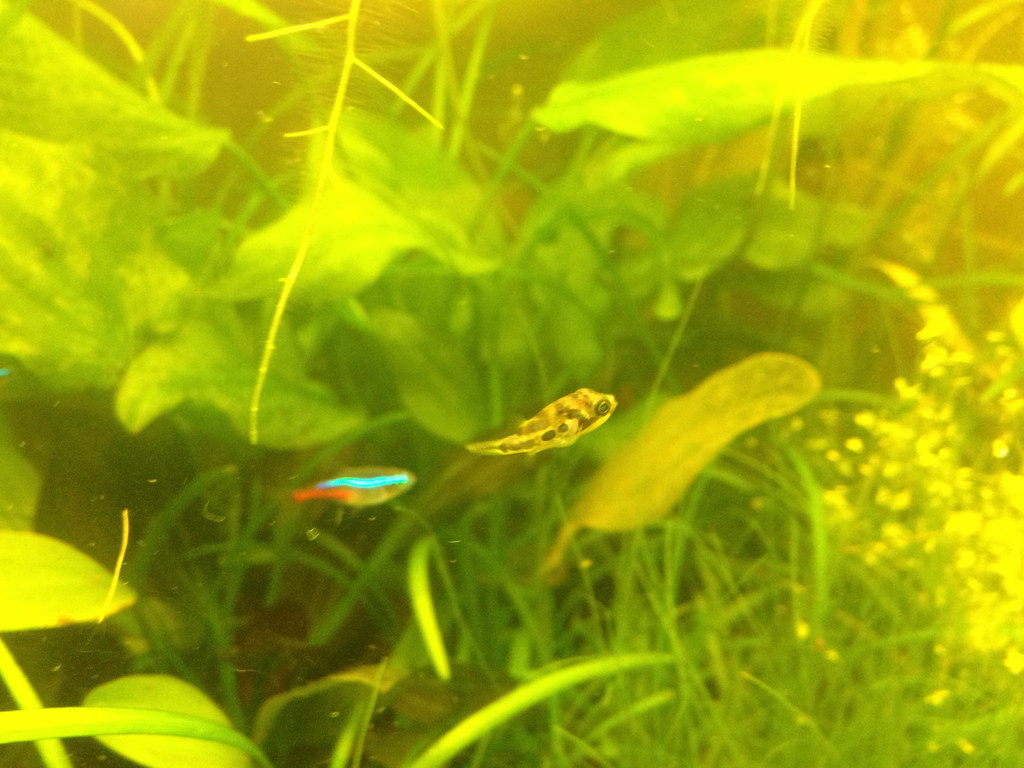
Unpacking the Pea Puffer's Unique Charm
What’s more intriguing than a fish with independently-moving eyes and the ability to inflate as a defense tactic? The pea puffer or Carinotetraodon travancoricus might only grow to about an inch long, but they pack a personality as bold as their colors. With greenish-yellow bodies brightened by iridescent patches, these tiny creatures are native to the rivers of Kerala, India. They thrive in heavily planted tanks that mimic their natural habitat filled with lush vegetation and slow water movement. For those curious about in-depth care strategies, check out this excellent resource on pea puffer care.
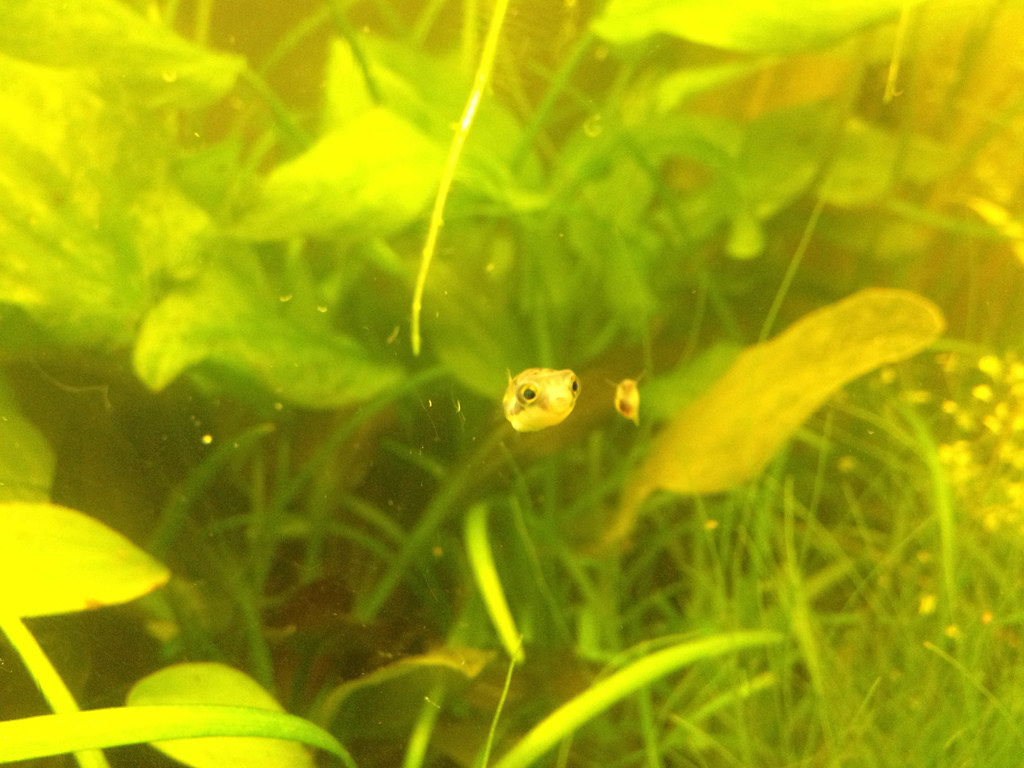
Planning the Perfect Aquarium Setup
Given their background, creating an ideal home for pea puffers goes beyond simply filling a tank with water. Here's what you need to ensure for a stress-free environment:
-
Tank Size and Companions:
- A 10-gallon tank is adequate for a trio of pea puffers. For larger groups, aim for a 15 to 20-gallon tank to reduce territorial disputes.
- Avoid housing with slow or bottom-dwelling fish; fast swimmers like Otocinclus catfish make better companions if you must include other species. Be sure to select suitable buddies by reviewing this detailed guide on pea puffer tank mates. -
Water Conditions:
- Maintain a temperature of 72-82°F and a pH between 7.2-7.5 for optimal health.
- Regular water changes are vital because they're extremely sensitive to poor conditions. -
Aquascaping Essentials:
- Fill the tank with dense plant life using Java ferns, mosses, and floating plants.
- Use driftwood and rocks to provide hiding spots and simulate their natural environment.
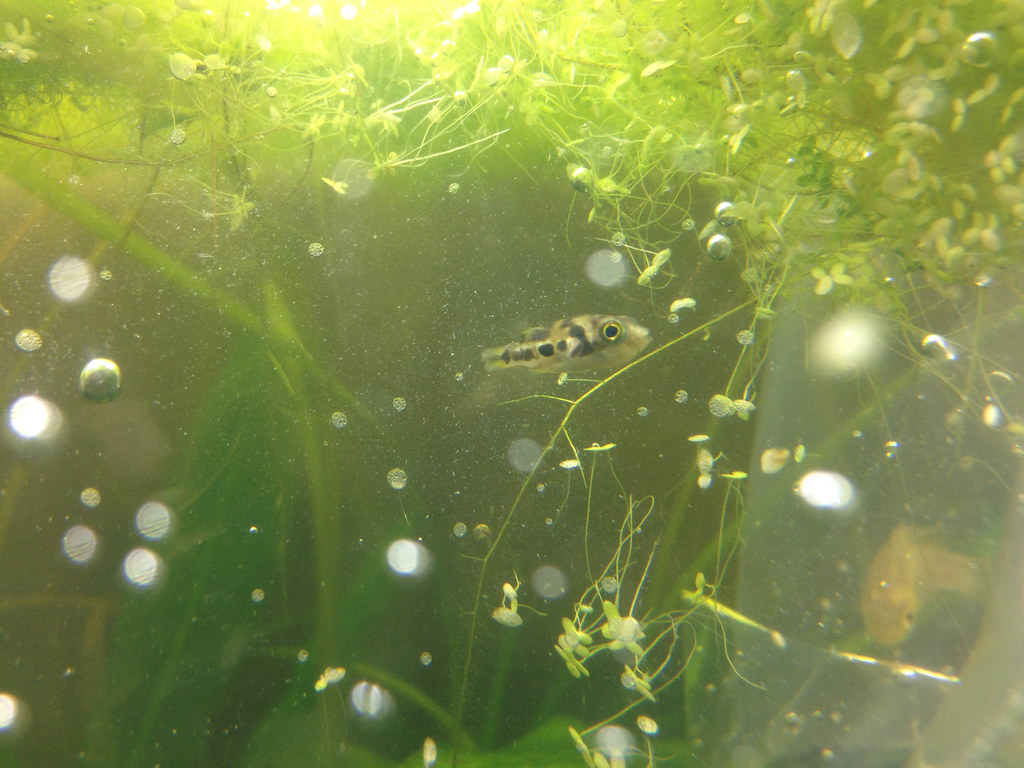
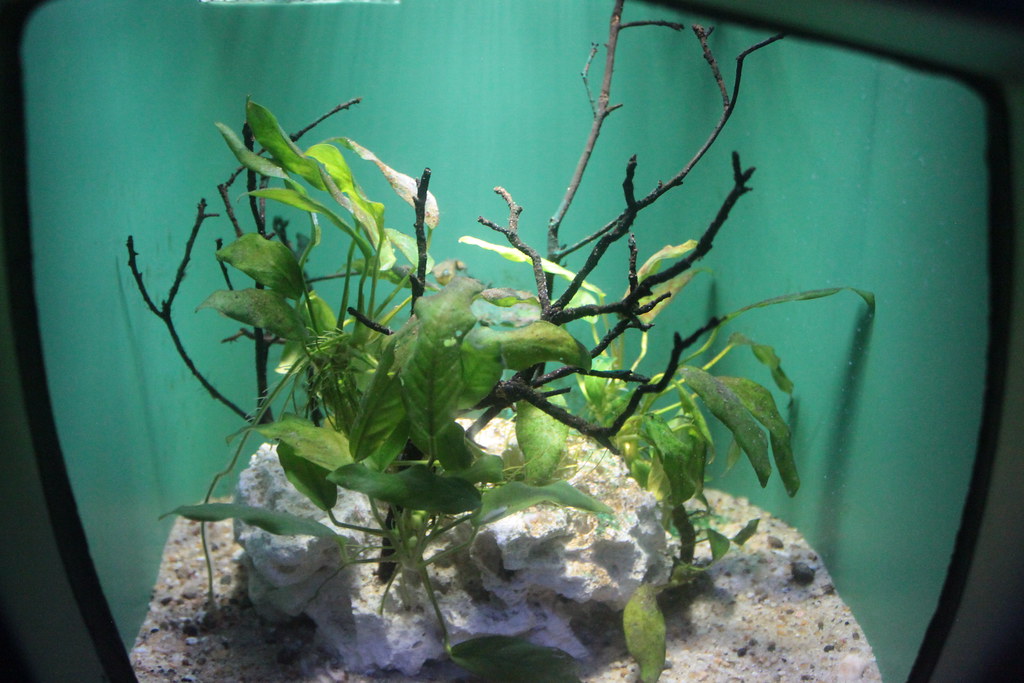
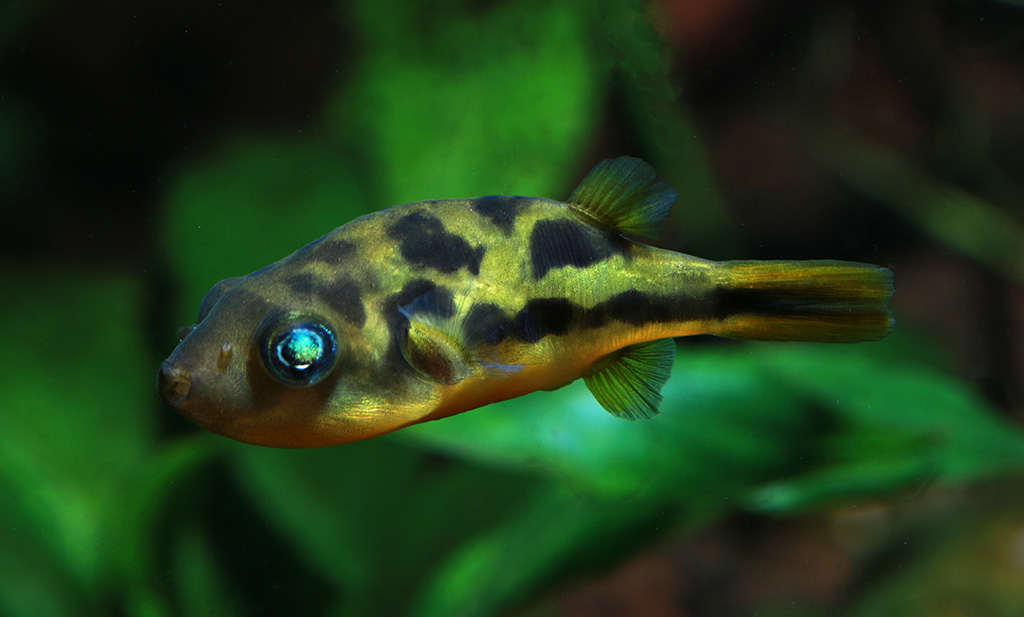
Feeding Your Pea Puffer
Pea puffers are picky eaters with carnivorous leanings. Stock up on live foods like brine shrimp and daphnia, or opt for frozen options like bloodworms, which can be fed using a turkey baster to mimic live prey. They're also excellent at controlling snail populations by nibbling on small pest snails, but they shouldn't rely solely on this for food.
Navigating Dental Challenges
Contrary to many puffer species, pea puffers don’t require tooth trimming, as their beaks aren't as prone to overgrowth. However, offering occasional hard-shelled prey helps maintain dental health naturally.
A Handy Summary
| Aspect | Preferred Conditions | Notes |
|---|---|---|
| Tank Size | Min. 10 gallons for 3 puffers | More space reduces aggression |
| Water Temperature | 72-82°F | Stable temperature essential |
| Diet | Live/Frozen meaty foods | Variety prevents pickiness |
Ready to Dive In?
Embracing the challenge and charm of keeping pea puffers can be immensely rewarding. These lively little fish, with their entertaining quirks and vibrant presence, certainly keep things interesting in any tank they call home. What do you think about taking on the unique adventure of pea puffer keeping? Share your thoughts or your own experiences with these delightful creatures below!
Frequently Asked Questions
Can I keep two pea puffers in a 5-gallon tank?
It is generally recommended to keep only one pea puffer in a 5-gallon tank to ensure adequate space and water quality. For multiple pea puffers, a larger tank with 3 additional gallons per fish is advised to promote their health and reduce territorial behavior.
How big does a full-grown pea puffer get?
A full-grown pea puffer typically reaches an average size of 2.5 cm (approximately 0.98 inches). Their small size makes them popular among aquarium enthusiasts with limited tank space.
What is the ideal tank setup for a pea puffer?
Pea puffers thrive in heavily planted tanks with plenty of hiding spots and clean, stable water conditions. A filter, heater, and suitable plants like Java moss or Anubias are ideal to replicate their natural habitat and reduce stress.
Are pea puffers aggressive?
Pea puffers can exhibit territorial or aggressive behavior, especially toward other fish in small spaces. It's best to house them alone or in groups in larger tanks where they have enough space to establish territories.
What do pea puffers eat?
Pea puffers primarily eat live or frozen foods such as bloodworms, brine shrimp, and snails. Ensure their diet is varied and high in protein to support their health and mimic their natural eating habits.
As you delve into the wonderful world of pea puffers, we hope you're as enchanted by these little aquatic gems as we are. They're truly a delight to watch and care for! If you're eager to discover more about the fascinating lives of pea puffers and other delightful aquatic companions, why not join us on our ongoing fishy adventures? You can find a treasure trove of inspiration and care tips by following us on Pinterest, where we pin all things fish-related. Dive deeper into the visual allure of aquariums and architecture alike over on Instagram, or tweet your questions and share fish tales with us on X (formerly Twitter). And don't forget to connect with our vibrant community on Facebook, where fellow enthusiasts come together to celebrate the joys and challenges of fishkeeping. We're excited to share this journey with you and look forward to seeing you around!
